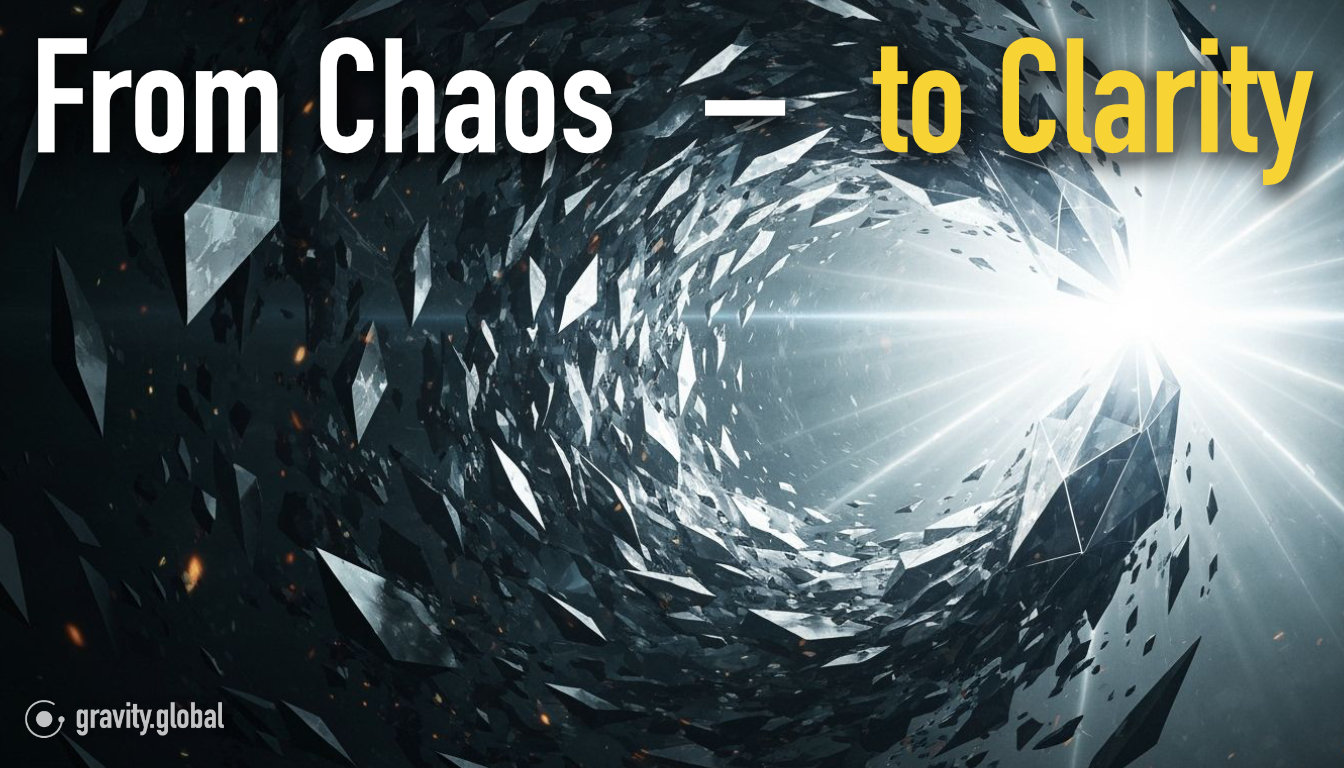AI-Powered Content Generation vs. Classical Digital Adoption Platforms: The Facts Behind the Hype
Explore why AI-powered content generation won't replace Digital Adoption Platforms, focusing on the unique value and limitations of AI in enterprise settings.

In the rapidly evolving landscape of digital transformation, organizations are constantly looking for innovative solutions to improve operational efficiency and user engagement. The rise of AI-powered content creation tools has sparked discussions and big corporate acquisitions about the future of digital adoption platforms.
Despite the hype surrounding AI's potential to revolutionize content creation, a closer analysis based on data collected from enterprise users reveals a more nuanced outcome. This blog post examines why AI-powered content generation will not replace traditional Digital Adoption Platforms (DAPs) and challenges the notion that AI alone can meet the complex demands of digital adoption.
Understanding AI-Powered Content Generation
AI-powered content generation utilizes technologies like Large Language Models (LLMs) to produce text-based content. These tools have impressively demonstrated capabilities in generating coherent and contextually relevant material on a broad scale. However, the effectiveness of these models is inherently limited by the quality and breadth of the data they have been trained on.
The Hype
There's an anticipation that AI could theoretically generate highly personalized user guides, FAQs, and documentation, using continuous data input from user interactions, feedback, and data across enterprise platforms.
The Reality
While AI demonstrates proficiency in creating structurally sound content, its ability to fully comprehend the nuanced, evolving needs of enterprises falls short. This limitation becomes evident when considering the multifaceted nature of digital adoption.
But the much bigger problem is a more structural one. Generative AI is always impressively good when you don't have specific expectations about the output, but the more precisely you want it to do something "just so and just so," the more impossible the task becomes. An LLM (Language Model) does not know the truth; it knows probabilities. Therefore, an LLM is also rather unsuitable for answering questions about facts. LLMs behave less like "smart high school kids" in a secretary's summer job, and more like Heisenberg's photons, which refuse to reveal their position the more precisely you measure their speed.
Even the most ardent supporters of artificial intelligence have begun to detect signs of potential issues, those who were otherwise tightly chained to the hype train, and now even Goldman Sachs is calling “too little benefit”. Just last year, their report talking about a third of jobs being affected by AI and 7% global GDP growth. A year later, things sound different:
“The promise of generative AI technology to transform companies, industries, and societies continues to be touted, leading tech giants, other companies, and utilities to spend an estimated ~$1tn on capex in coming years, including significant investments in data centers, chips, other AI infrastructure, and the power grid. But this spending has little to show for it so far beyond reports of efficiency gains among developers.”
Goldman Sachs: GEN AI: TOO MUCH SPEND, TOO LITTLE BENEFIT?
The cultural scientist, non-fiction writer and programmer Michael Seemann goes so far as to say in his July 2024 newsletter:
"I am ready to say: AI is a scam. Not as obvious a scam as the crypto pyramid schemes, but a scam on the level of expectation management.”
Michael Seemann
The Unique Value of Classical Digital Adoption Platforms
Classical DAPs are designed to facilitate the adoption of digital tools within an organization through interactive guidance, such as walkthroughs, tooltips, and direct in-app support. These platforms adjust to user behaviors and preferences in real-time, offering personalized assistance that goes beyond mere content.
Why AI Can't Replace DAPs
Contextual Understanding: DAPs are deeply integrated with their host applications, providing contextual assistance based on the user's current actions and goals. They also provide immediate input based on support requests to subject matter experts who can balance the input based on the given context. An AI-generated piece of content, no matter how well-crafted, lacks the capability to correct and dynamically adjust to real-time user context and application state.
User Behavior Analysis: Authors of classical DAPs continually collect data on how users interact with the application, using this information to refine and improve their guidance. This level of contextual, in-depth analysis and immediate application is something that AI-generated content, as it exists today, cannot do correctly, twice in a row.
Interactivity: DAP authors provide interactive guidance, engaging users in a two-way dialog that effectively supports the learning process. AI content, on the other hand, remains semi-static, limiting its usefulness in scenarios that require step-by-step assistance in changing contexts or real-time feedback.
Enterprise Feedback
Our discussions with enterprise DAP users underscore the gap between the expectation of AI-powered content generation and the reality of its application. Feedback consistently highlights the importance of the real-time context, interactive support provided by DAPs, which AI content cannot replicate.
But enterprise-hosted Large Language Model (LLM) AI solutions can offer significant benefits. By leveraging an organization's extensive internal data repositories, AI engines can provide highly relevant, contextual input tailored to an individual's real time, and historical interactions. This capability ensures that users receive the exact information they need at just the right time, substantially improving user experience and engagement (but not the DAP). Systems such as the GRAVITY AI-Assistant are instrumental in implementing and integrating such AI-driven outputs across various applications.
Conclusion: A Place for Both
Let me start by saying: I think the term "AI" ("artificial intelligence") is somewhat inappropriate. It works well enough but suggests something that isn't there. Either the systems use the "power of statistics", do pattern recognition, or try to be stubborn. The terms "AI" does more harm than good because of the imprecision of natural languages.
While AI-powered content generation presents exciting possibilities, particularly for generating preliminary drafts or supporting content, it is not a standalone solution for digital adoption challenges. The notion that AI could replace classical Digital Adoption Platforms is more wishful thinking than a reflection of current or near-future capabilities. Instead, the future lies in leveraging the strengths of both technologies: AI to enhance content creation and manage routine inquiries, and DAPs to provide the sophisticated, interactive support crucial for digital adoption success. This synergistic approach promises to maximize efficiency, reduce user frustration, and ultimately, drive successful digital transformation.
By understanding and respecting the limitations and strengths of AI-powered content generation, businesses can make informed decisions about how best to integrate these tools into their broader digital adoption and transformation strategies.




Embrace the digital adoption platform of tomorrow - GRAVITY



The Digital Adoption Updates You Can't Miss - Subscribe Now!
Join Our Monthly Author Call – Stay Ahead of the Curve with the Latest Trends!



Latest articles
Browse all posts





